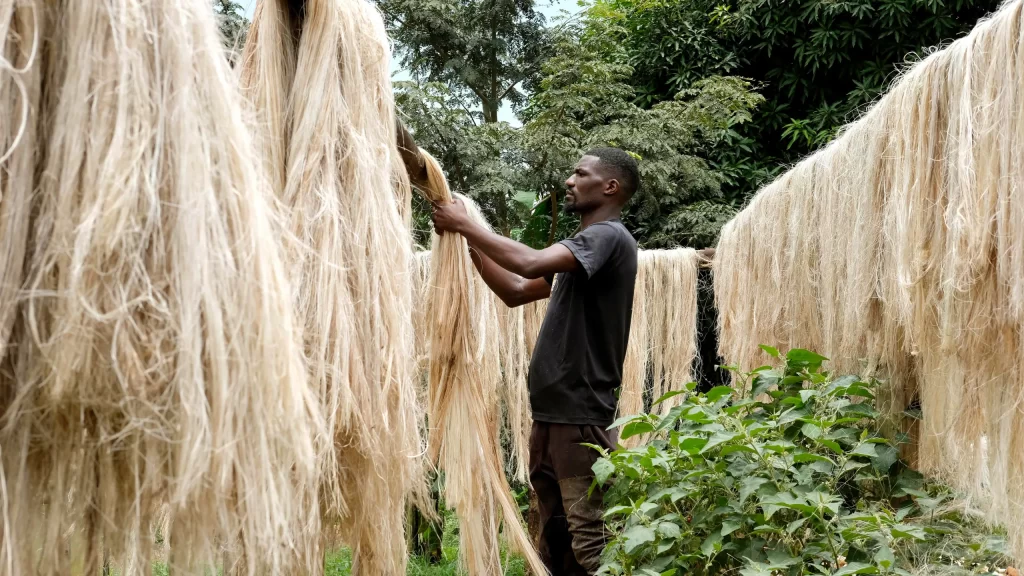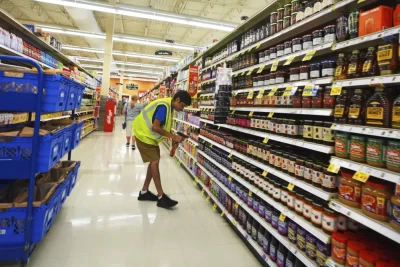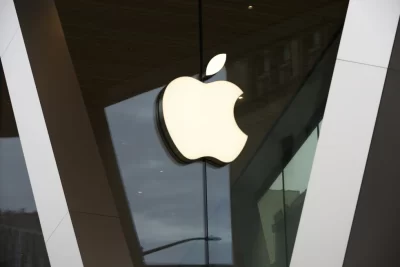
A decapitated banana plant is almost useless, an inconvenience to the farmer who must then uproot it and lay its dismembered parts as mulch.
But can such stems somehow be returned to life? Yes, according to a Ugandan company that’s buying banana stems in a business that turns fiber into attractive handicrafts.
The idea is innovative as well as sustainable in the East African country. Uganda has the highest banana consumption rate in the world and is Africa’s top producer of the crop. Especially in rural areas, bananas can contribute up to 25% of the daily calorie intake, according to figures from the U.N. Food and Agriculture Organization.
In Uganda, eating bananas is in many ways embedded in local customs and tradition; for many a meal is incomplete without a serving of matooke, the local word for the starchy boiled mush made from banana cultivars harvested and cooked raw.
To harvest the crop, the stem must be decapitated, and in the largest plantations the scene can seem violent after a bumper harvest. The stems inevitably rot in open fields.
John Baptist Okello, TEXFAD’s business manager, told The Associated Press that the business made sense in a country where farmers “are struggling a lot” with millions of tons of banana-related waste. The company, which collaborates with seven different farmers’ groups in western Uganda, pays $2.70 for a kilogram (more than two pounds) of dried fiber.
David Bangirana, the leader of one such group in the western Ugandan district of Sheema, said only a small part of the inner stem of a decapitated plant is harvested for fiber. And the “residue is returned after machine work to the farmer for use as manure,” he said.\
His group is working to build capacity to make finished products, he said.
TEXFAD also takes material from a third party, Tupande Holdings Ltd., whose trucks deliver banana stems from farmers in central Uganda. Tupande’s workers sort through the stems, looking for desirable ones. Machines then turn the fiber into tiny threads.
Aggrey Muganga, the team leader at Tupande Holdings Ltd., said his company deals with more than 60 farmers who continuously supply abundant raw material.
That number is only a small fraction of what’s available in a country where more than a million hectares (nearly 2.5 million acres) are planted with bananas. Banana production has been rising steadily over the years, growing from 6.5 metric tons in 2018 to 8.3 metric tons in 2019, according to figures from the Uganda Bureau of Statistics.
“We extract fiber threads from the sheaths of the stem … So our contribution in the value chain is that we put extra income in the hands of the farmer. We turn this waste into something valuable that we sell to our partners who also make things,” Muganga said.







